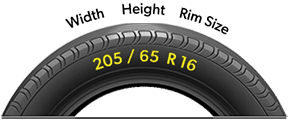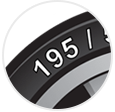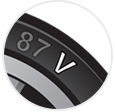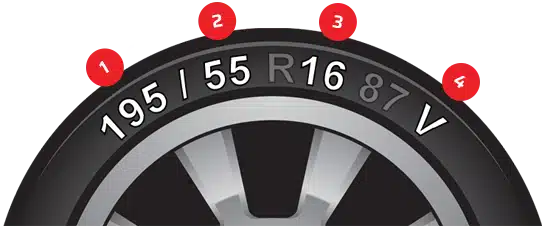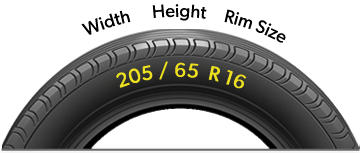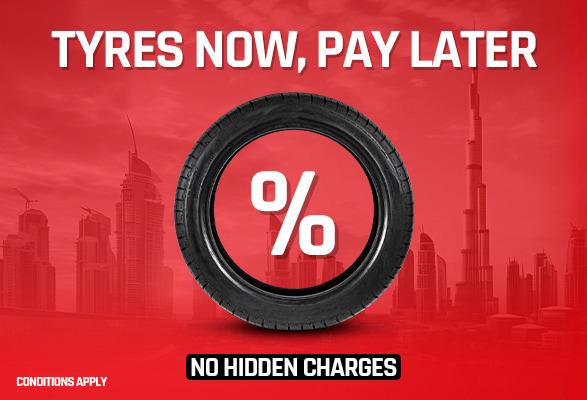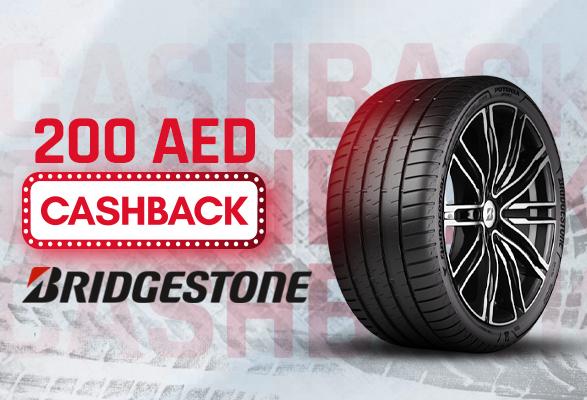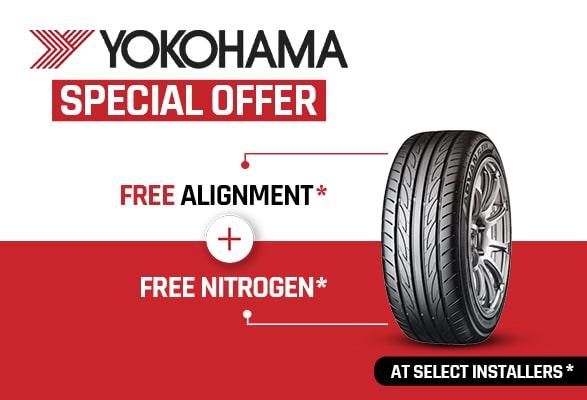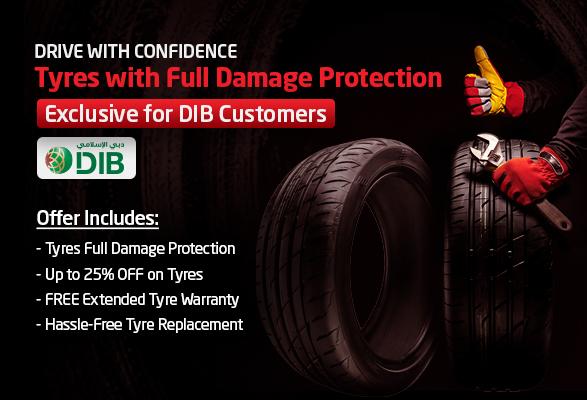What is a Tyre Rotation - How Often Should You Rotate Vehicle's Tires
Car tyres are the backbone of your vehicle, playing a pivotal role in safety, performance, and fuel efficiency. Even a high-end car equipped with premium tyre brands like Michelin, Bridgestone, or Pirelli can underperform if its tyres aren’t properly maintained. One essential maintenance task often overlooked is tyre rotation, a cost-effective way to extend the life of your car tyres and elevate your driving experience.
Whether you’re a car enthusiast or a daily commuter, understanding tyre rotation can save you money and keep your vehicle in top shape. In this guide, we’ll cover what tyre rotation is, why it’s vital, how often you should visit a tyre shop for it, and the best practices for different drivetrains.
What is Tyre Rotation?
Tyre rotation involves repositioning your vehicle’s car tyres from one position to another, such as swapping front and rear tyres or crisscrossing them. For instance, a tyre on the front left might move to the rear right, depending on your car’s drivetrain. This process ensures even wear across all car tyres, as different positions experience varying stress from steering, weight distribution, and power delivery.
The rotation pattern depends on your vehicle’s drivetrain (front-wheel drive, rear-wheel drive, or all-wheel drive) and the type of car tyres, such as those from premium tyre brands like Continental tyres or Goodyear tyres. Always check your car’s manual or consult a professional at a trusted tyre shop for the manufacturer’s recommended rotation pattern to maintain performance and avoid warranty issues.
Why is Tyre Rotation Important?
Regular tyre rotation offers multiple benefits that enhance your vehicle’s performance and extend the lifespan of your car tyres. Here’s why it’s a critical part of car maintenance:
- Extends Tyre Life: Rotating car tyres ensures even tread wear, prolonging the lifespan of premium tyre brands like Michelin or Pirelli and delaying the need for replacements.
- Improves Handling and Safety: Uneven wear on car tyres can reduce grip, especially on wet roads, making handling challenging. Rotation maintains consistent traction for safer driving.
- Saves Money: In the UAE, tyre rotation at a reputable tyre shop costs between AED 70 and AED 120, often including balancing, which is far cheaper than buying new car tyres from premium tyre brands like Bridgestone or Dunlop.
- Maintains Warranty Compliance: Many premium tyre brands, such as Goodyear, require regular rotation to keep warranties valid. Skipping it could void your coverage.
By incorporating tyre rotation into your routine maintenance at a trusted tyre shop, you can enhance performance, safety, and cost-efficiency.
How Often Should You Rotate Your Car Tyres?
The frequency of tyre rotation depends on your vehicle, the type of car tyres, driving habits, and road conditions. As a general rule, experts recommend rotating car tyres every 8,000 to 11,000 kilometres or every six months, whichever comes first. However, check your vehicle’s manual or consult a tyre shop for specific guidelines, as premium tyre brands like Continental may have tailored recommendations.
If you frequently drive on rough roads, carry heavy loads, or have an aggressive driving style, you may need to rotate your car tyres more often to prevent uneven wear. Regular inspections at a tyre shop can help spot signs of irregular tread wear, indicating it’s time for a rotation.
Tyre Rotation Patterns by Drivetrain
The correct tyre rotation pattern depends on your vehicle’s drivetrain and car tyre setup. Below, we outline the recommended patterns for each type:
Front-Wheel Drive (FWD)
In front-wheel drive vehicles, the front car tyres handle steering and power delivery, causing faster wear than the rear tyres. To balance this:
- Move the front car tyres to the rear on the same side (e.g., front left to rear left).
- Move the rear car tyres to the front, swapping sides (e.g., rear right to front left, rear left to front right).
This pattern promotes even wear and maintains handling consistency for car tyres like those from Bridgestone or Michelin.
Rear-Wheel Drive (RWD)
In rear-wheel drive vehicles, the rear car tyres provide power while the front tyres handle steering, leading to faster wear on the rear. The rotation pattern is the opposite of FWD:
- Move the rear car tyres to the front on the same side.
- Move the front car tyres to the rear, swapping sides (e.g., front right to rear left, front left to rear right).
This ensures balanced wear for car tyres from premium tyre brands like Pirelli or Dunlop.
All-Wheel Drive (AWD)
Many believe all-wheel drive vehicles don’t need tyre rotation, but this is a misconception. While all four car tyres share power, wear patterns vary based on road conditions and drive modes. The recommended pattern is a crisscross:
- Move the front left car tyre to the rear right.
- Move the front right car tyre to the rear left.
- Move the rear left car tyre to the front right.
- Move the rear right car tyre to the front left.
This pattern ensures even wear for car tyres from premium tyre brands like Goodyear tyres or Continental tyres, maintaining optimal traction.
Staggered and Unidirectional Car Tyres
Vehicles with staggered car tyres (different sizes on front and rear axles) or unidirectional car tyres (designed to rotate in one direction), often found in premium tyre brands like Michelin or Pirelli, require special care. Rotation may be limited to swapping tyres on the same axle (e.g., front left to front right) or may not be possible, increasing maintenance costs. Visit a professional tyre shop to determine the best approach, as incorrect rotation can affect performance and safety.
Additional Tips for Car Tyre Maintenance
To maximize the benefits of tyre rotation, pair it with other maintenance tasks at a trusted tyre shop:
- Check Tyre Pressure: Ensure car tyres are inflated to the manufacturer’s recommended pressure for optimal performance and fuel efficiency.
- Wheel Alignment and Balancing: Combine rotation with alignment and balancing to prevent uneven wear and improve ride quality for premium tyre brands.
- Inspect Tread Depth: Regularly check tread depth to ensure your car tyres meet legal and safety standards.
- Choose a Reputable Tyre Shop: In the UAE, select authorized tyre shops stocking premium tyre brands like Bridgestone, Michelin, or Goodyear for professional services.
Conclusion
Tyre rotation is a simple yet essential maintenance task that enhances your vehicle’s performance, extends the life of your car tyres, and saves you money. By understanding the right rotation pattern for your drivetrain and scheduling regular visits to a tyre shop, you can ensure a smoother, safer, and more cost-effective driving experience. Don’t let uneven tread wear compromise your premium tyre brands, book your tyre rotation today and keep your car rolling at its best.



